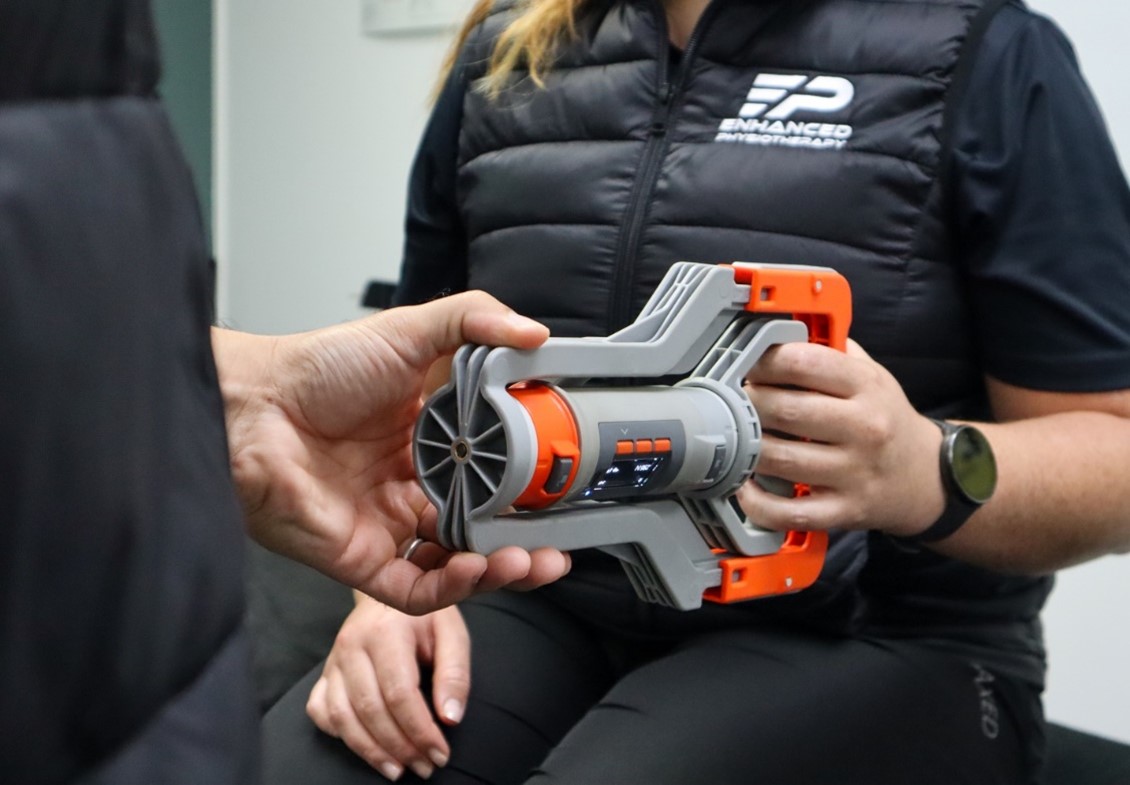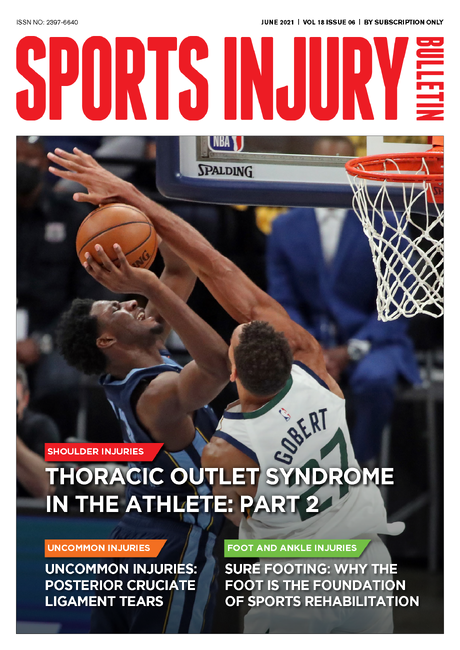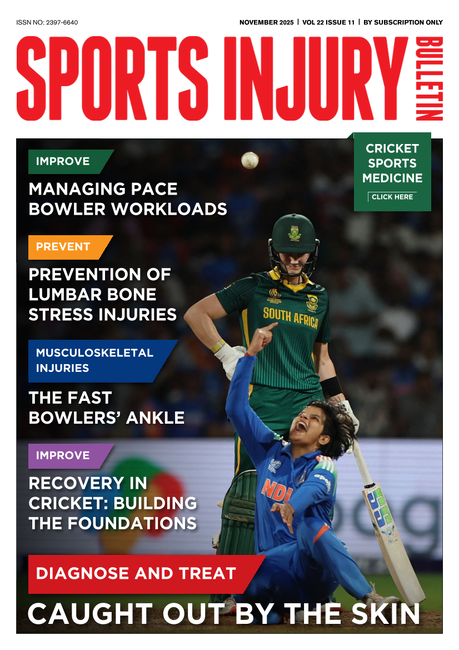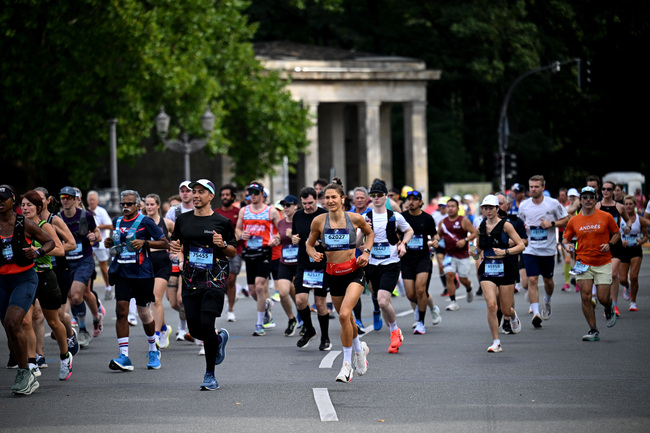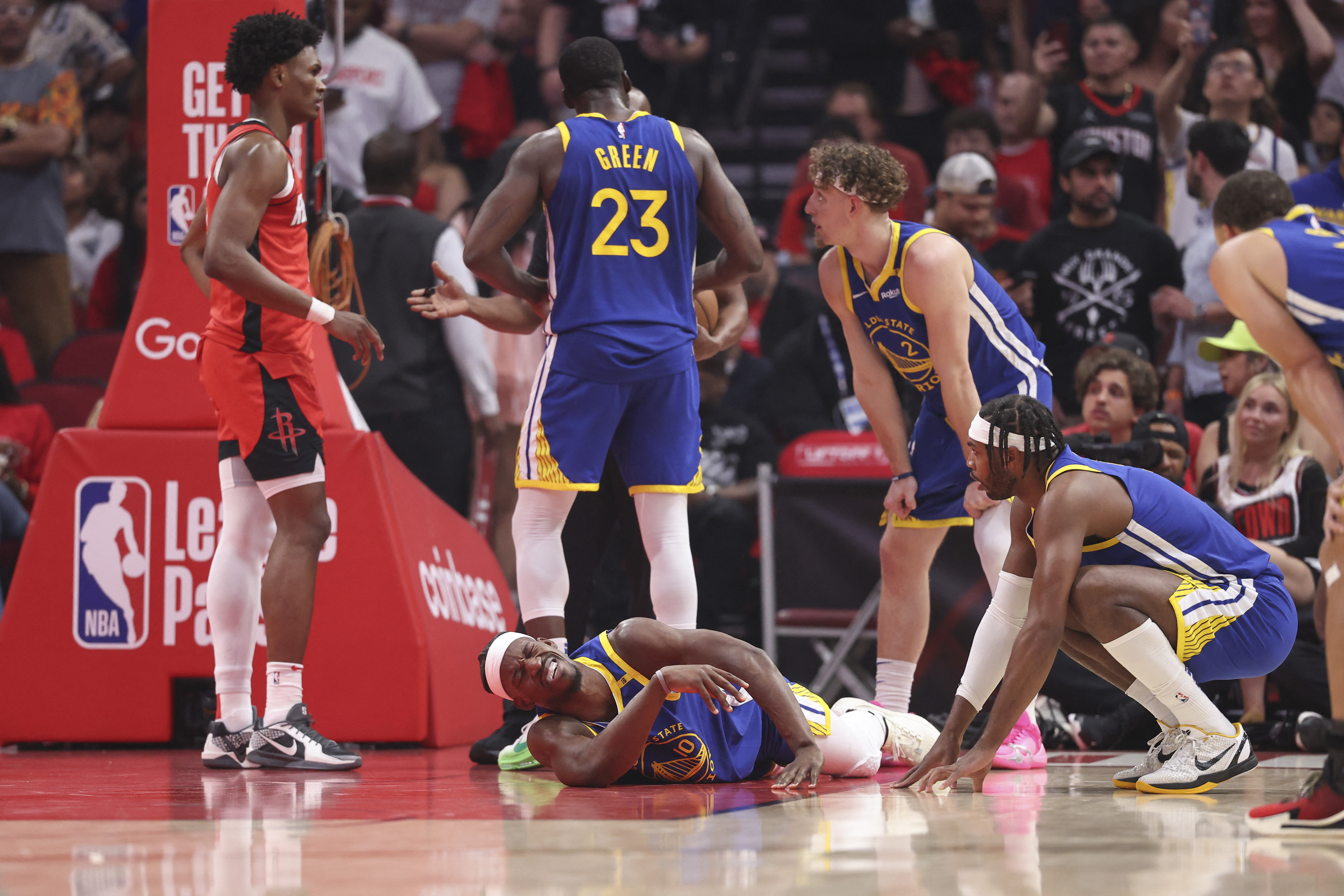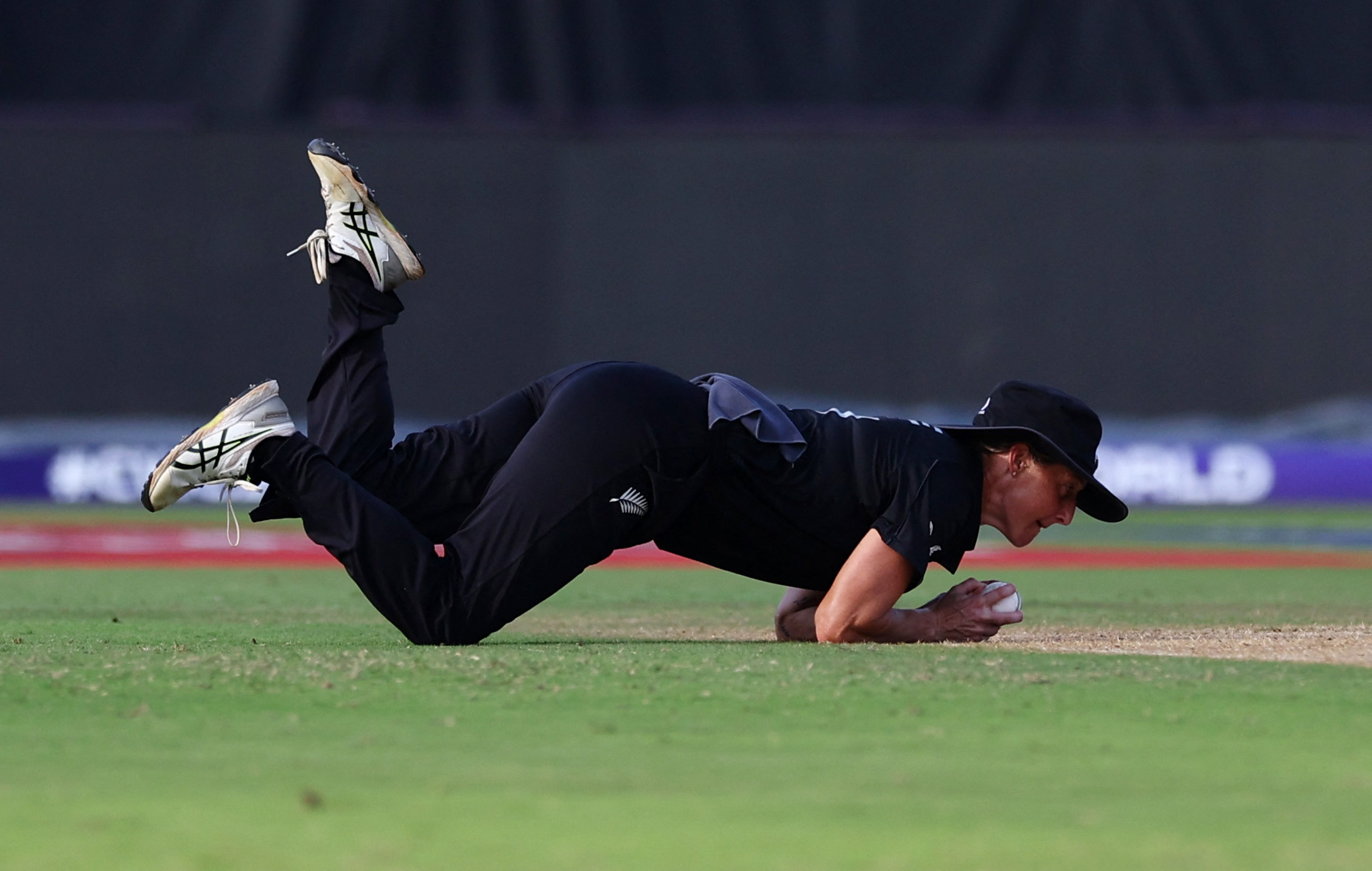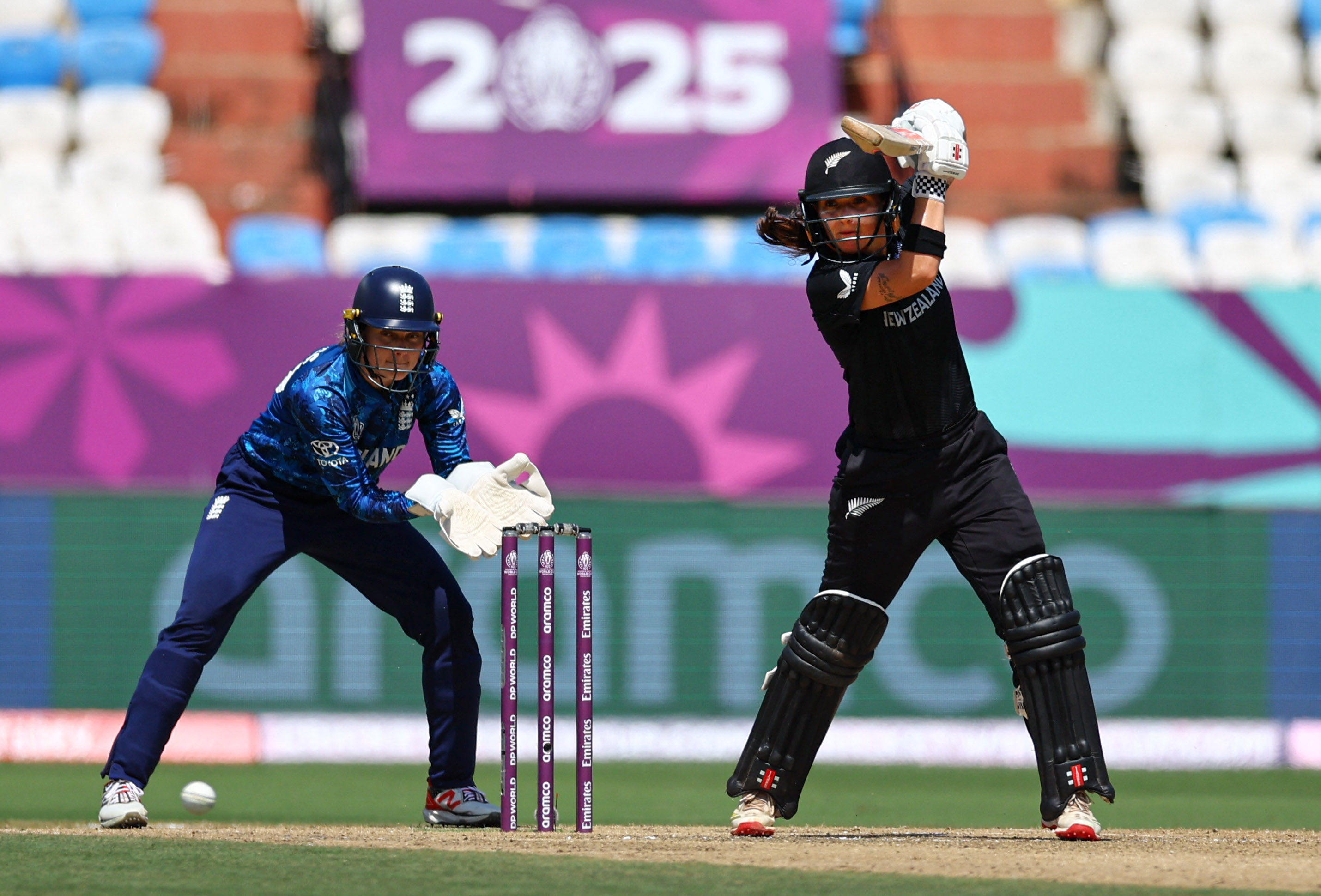You are viewing 1 of your 1 free articles
Clinical Tools: The Evolution of Dynamometry
Technology plays a massive role in our daily lives, and sports medicine is no different. As clinicians integrate technology into their practice, athletes benefit from personalized interventions. Nick Pereira unpacks some of the clinical applications for hand-held dynamometry and highlights the reliability, limitations, and contextual influences impacting its use in rehabilitation.
Golden State Warriors forward Jimmy Butler III drives by Minnesota Timberwolves guard Anthony Edwards in the third quarter during game three in the second round of the 2025 NBA Playoffs at Chase Center. Mandatory Credit: David Gonzales-Imagn Images
In the dynamic and evolving field of sports medicine, clinicians are driven by a constant pursuit to optimize athletic performance while safeguarding the health and longevity of athletes. Central to this mission is injury prevention and the careful management of return to play protocols. Clinicians integrate technology and advanced human measurement devices to support these goals. The technological insight allows for more individualized assessment, targeted interventions, and evidence-informed decisions that enhance injury prevention strategies and performance outcomes.
“The technological insight allows for more individualized assessment, targeted interventions…”
History
Sports clinicians have used hand-held dynamometry (HHD) to objectively measure muscle strength since the 1980s(1). Driven by the need for objective measurement of muscle strength, it is an essential component of the physical assessment for objectively measuring strength, monitoring rehabilitation, and gauging the efficacy of interventions. Since its origins as spring gauges, it has steadily evolved into fully app-based tools with databasing and built-in inclinometers (see figure 1).
The original devices primarily focused on grip strength, while the modern HHDs combine grip strength, compression, tension, and grip strength measurement with the added benefit of an inclinometer. Additionally, clinicians conduct, capture, and analyze the data on wireless devices (e.g., smartphone or tablet), and it is all bundled neatly onto a central database.
Clinical Reasoning
Clinicians occasionally question the rationale for the emergence of technology into sports medicine. The continued interest has created an entire industry and sparked the creativity of clinicians globally, particularly over the last decade. Researchers led by Professor Willem Van Mechelen from the University of Amsterdam created the “sequence of prevention” as a framework for working with injuries (see figure 2)(2). They challenge sports clinicians to consider injuries and how to minimize their occurrence and possibly prevent them. Several years and a plethora of publications later, another landmark publication emerges, proposing a complicated web of interactions, which causes injuries to occur (opposed to a reductionist A to B, causative model) – and this opens the eyes of clinicians to the complexity of musculoskeletal injuries(3).
“The clinical application of the modern HHD is vast.”
The above concepts illustrate the historical need for clinicians to evolve their thinking around injuries, including limiting their occurrence and severity and managing athletes’ risk. The HHD has emerged as a clinical device with diverse applications that may assist clinicians in conceptualizing solutions to injury prevention.
Application Example
The clinical application of the modern HHD is vast. Still, at its core, it revolves around measuring and documenting muscle strength, so that better clinical decisions can be made with the patient at the center of the equation. The measurement metrics range from grip strength to isolated muscle testing using compression and tension-based testing positions. The endless tests allow the clinician to enhance their assessment by testing in various functional positions in various clinical settings.
“The clinical application of the modern HHD is vast.”
For example, clinicians can use an HDD to differentiate between various structures involved in groin pain. When an athlete presents with acute-on-chronic groin pain, following a comprehensive subjective assessment and some functional tests, an HDD is indicated. The testing sequence is as follows for both affected and non-affected limbs:
- 45-degree knee flexion in supine. Adductor squeeze with compression HHD
- Zero-degree knee and hip flexion in supine. Adductor squeeze with compression HHD.
The hip range should be measured with the inclinometer function after comparing the affected and unaffected peak and average force asymmetries for both positions. - 90-degree hip and knee flexion in supine, internal, and external hip range measurement
- 90-degree knee flexion in prone, internal, and external hip range measurement
Once again, comparing the ranges documented for both limbs allows the clinician to differentiate between range discrepancies and/or pain in a zero—and 90-degree hip flexion position. This precedes the final objective measurements of strength with the athlete in supine, measuring straight leg raise and prone hip extension, respectively. - Zero-degree hip and knee flexion, supine straight leg raise strength with compression (or tension)
- Zero-degree hip and knee flexion, prone hip extension strength with compression (or tension)
The integrated technology databases the six objective measurements, and they are available for quick report viewing via a cloud-based storage system, and clinicians can use them when reassessing the athlete during rehabilitation. When used in combination with manual ‘special’ tests for the hip, including but not limited to the FABER test (Flexion, Abduction, External Rotation), FADIR test (Flexion, Adduction, Internal Rotation), hip quadrant test, log rolling and functional testing (single leg balance, single leg sit to stand, squatting, jogging, hopping and running) the data provides the clinician with valuable insights into the source of pain, contributing factors and also provide objective measurable outcomes to address during the rehab process.
Reliability
Clinicians must consider the validity and reliability of any objective testing, and HDD is no different. To understand this, they need to define and understand reliability and its three components: Test-Retest, Inter-Rater, and Intra-Rater (see table 1).
Table 1: Reliability in the context of HHD
| Type of Reliability | Key Function | Example |
| Test-Retest | Stability of the data over time. | Testing strength weekly. |
| Inter-Rater | Consistent data between clinicians. | Two clinicians measure strength and find consistent data. |
| Intra-Rater | Consistency of a single clinician’s data over time. | A clinician measures strength at multiple time points and finds consistent data. |
Hand-held dynamometry is reliable for grip and peripheral limb strength(4,5). Both require contextual discussions for the application of HHD. While there is sufficient evidence to advocate HHD, it would be remiss not to mention the importance of systems and standardizing measurement protocols that increase its reliability. By creating standardized measurement protocols between clinicians or even for a single clinician to apply HHD consistently, measurement error is reduced.
There is the potential for greater variance in reliability when not using fixed-point (compression or tension) testing. Without fixed point testing, there is the assumption that the opposing force to the movement is consistent for the same clinicians or between clinicians, which would be naïve to assume. However, this does not mean that clinicians should disregard HDD completely. If they factor in testing in positions which are mechanically advantageous to the clinician, and using the clinician’s body as the “fixed object” by locking elbows, or wedging the HHD against the body, the data quality improves.
Clinicians must consider the context of testing; no single test or measurement should be a standalone metric for a decision as multifactorial as return to play. For example, if they are tracking straight leg raise strength as a proxy to sciatic-derived pain, muscle strength can be a pragmatic way of measuring this, in conjunction with the numeric pain scale and or similar outcome measurements. There is enough research to support its use in clinical practice and the added ability to be a proxy measure and allow clinicians to problem-solve and express creativity in measuring various metrics through the rehabilitation process.
Limitations
The biggest limitation of HHD lies not in the tool itself but in clinicians’ interpretation of the data and their understanding of the significant difference between association and causation of injuries. As an example, knee valgus is associated with anterior cruciate ligament injury—this does not imply that it is causative of ACL injuries(6). This common interpretation error illustrates why screening tests do not predict injury occurrence(7).
To date, no single clinical tool can act as a panacea device for measuring overall injury risk. Even a gold standard measurement, such as isokinetic testing, is no better than a coin toss in predicting injury occurrence(8). In the case of HHD, the subtleties of fixed-point testing, compression and tension testing, and the most widely used metric – asymmetry - are often overemphasized or misunderstood. With a long-term injury such as an ACL, to use asymmetry as a stand-alone measurement for readiness to return to play is neglecting the fact that the unaffected knee would have been subject to some form of detraining effect due to the post-surgery period and subsequent reduction in activity. Clinicians are encouraged to use HHD and its data as a measurement in conjunction with various analog and digital clinical tests to stratify risk and effectively evaluate injury risk in patients.
Conclusion
Handheld dynamometry is a reliable and valid tool within sports medicine. Its utility in objectively assessing muscle strength enhances clinical decision-making and contributes to more targeted and effective rehabilitation strategies. As technological advancements continue to refine its design and integration, HHD is becoming increasingly accessible and user-friendly, streamlining workflows for clinicians and improving both the quality of care and patient outcomes. With its evolving applications, HHD is poised to remain a cornerstone in modern musculoskeletal assessment and performance monitoring.
References
- VALD Health. (2024, March 4). Handheld dynamometers 101: Century-old technology for the modern practitioner. VALD Health.
- Sports Medicine, 14(2), 82–99.
- Br J of Sports Med, 50(21), 1309–1314.
- Inter J of Sports Physical Ther, 20(2), 243–252.
- Disability and Rehabilitation, 43(21), 3070–3077.
- Inter J of Environ Res and Public Health, 18(7), 3826.
- Br J of Sports Med, 50(13), 776–780.
- The Am J of Sports Med, 44(7), 1789–1795.
Newsletter Sign Up
Subscriber Testimonials
Dr. Alexandra Fandetti-Robin, Back & Body Chiropractic
Elspeth Cowell MSCh DpodM SRCh HCPC reg
William Hunter, Nuffield Health
Newsletter Sign Up
Coaches Testimonials
Dr. Alexandra Fandetti-Robin, Back & Body Chiropractic
Elspeth Cowell MSCh DpodM SRCh HCPC reg
William Hunter, Nuffield Health
Be at the leading edge of sports injury management
Our international team of qualified experts (see above) spend hours poring over scores of technical journals and medical papers that even the most interested professionals don't have time to read.
For 17 years, we've helped hard-working physiotherapists and sports professionals like you, overwhelmed by the vast amount of new research, bring science to their treatment. Sports Injury Bulletin is the ideal resource for practitioners too busy to cull through all the monthly journals to find meaningful and applicable studies.
*includes 3 coaching manuals
Get Inspired
All the latest techniques and approaches
Sports Injury Bulletin brings together a worldwide panel of experts – including physiotherapists, doctors, researchers and sports scientists. Together we deliver everything you need to help your clients avoid – or recover as quickly as possible from – injuries.
We strip away the scientific jargon and deliver you easy-to-follow training exercises, nutrition tips, psychological strategies and recovery programmes and exercises in plain English.



